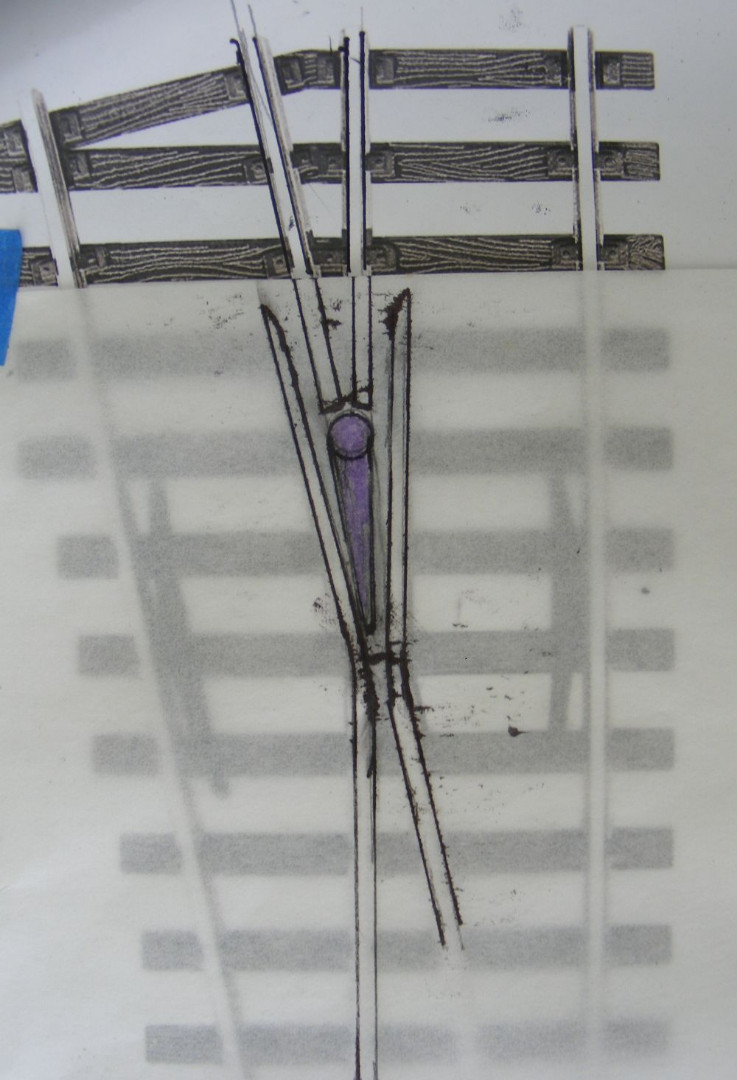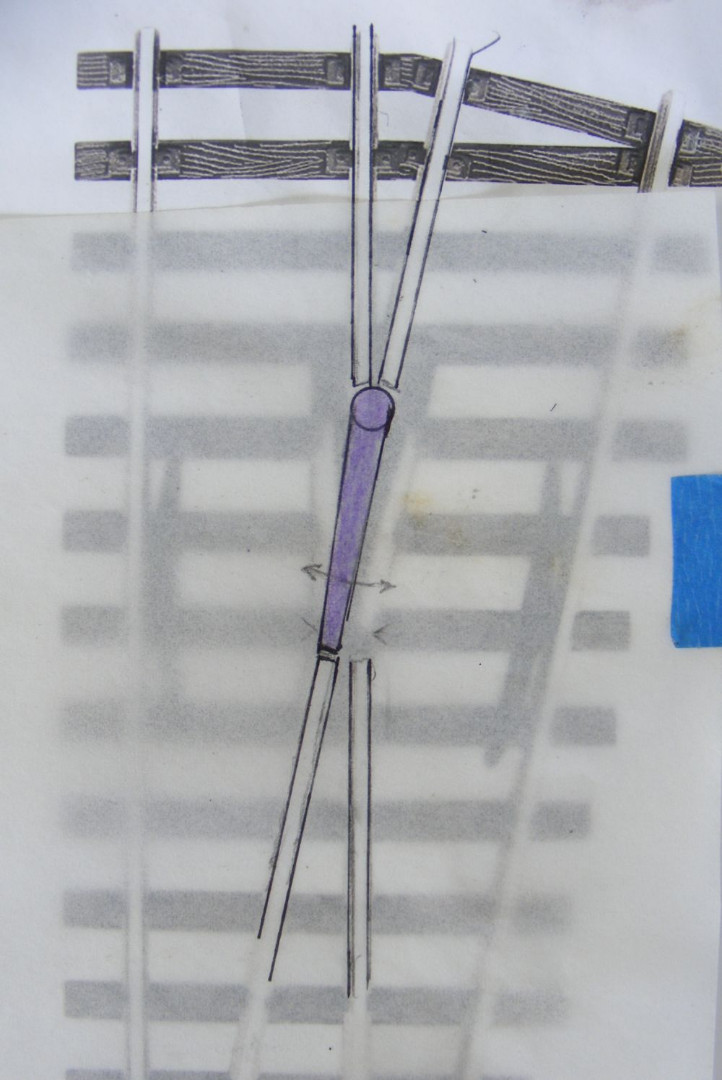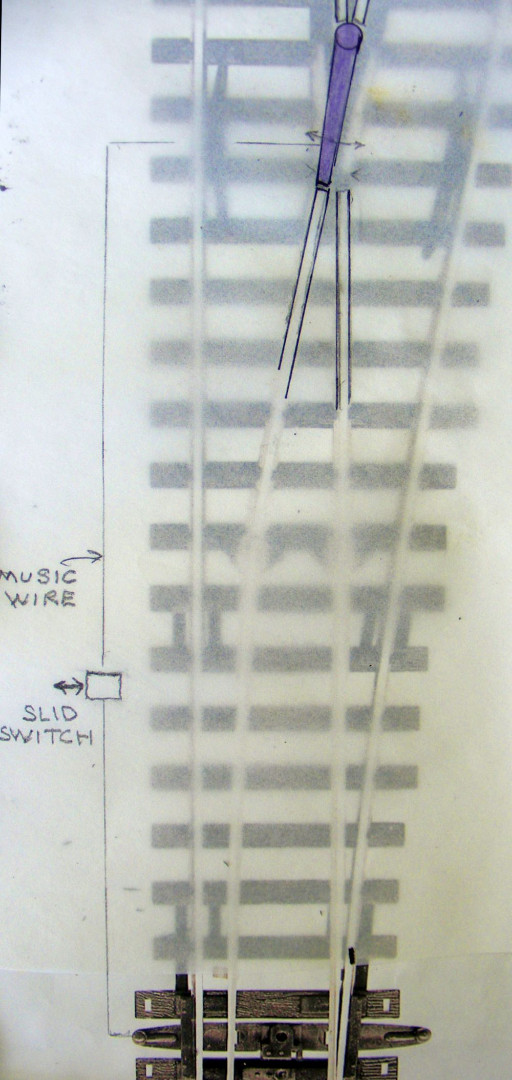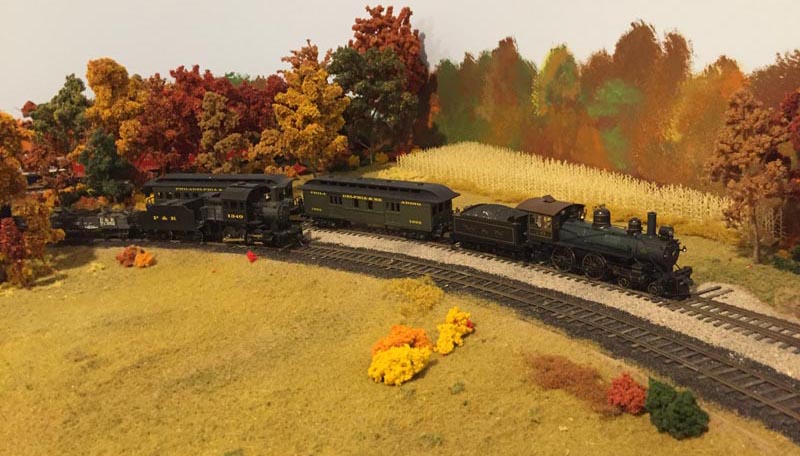FeatherRiver
Well-Known Member
This Thread has been EDITED and UPDATED as of November 24, 2023!
We all know there are several different manufacturers of turnouts - both in HO Scale and other scales - but extremely few MRR Modelers (or manufactures of turnouts) seldom mention or discuss anything about whether turnouts are (or should be) DCC Ready.
Degrees of "compatibility":
DCC Ready - If a turnout is "DCC Ready", then the turnout can be used "out of the box" without any need for modifications.
All locomotives will operate (travel through) the turnout without any loss of power or causing shorts circuits, and other problems.
DCC Compatible - The turnout will probably need some modifications to with either the Frog, or other parts of the turnout, in order to avoid problems such as loss of power, short circuits, or possibly even worse irritating situations.
DCC Friendly - The turnout will require several specific modifications, probably with regard to the Frog Points, Outer and Inner rails; and possibly a few other changes or modifications such as wiring power to certain points of the turnout, including the Frog.
Previously (in Posting this Thread) I mentioned Allan Gartner's article on Turnouts and "wiring for DCC".
However, since then I opened a support ticket with Erik of Tony's Train Exchange, and asked him which Turnouts (by brand name) are more compatible with regard to using them on a DCC Operated Model Railroad Layout.
In brief, his response was essentially this:
There are two Turnouts currently manufactured which are good (recommended) with regard to "compatibility" of DCC Operation.
Peco and Atlas.
The latest version of Peco Turnouts are indeed DCC Ready.
There is no need for modifications.
Soon I will include a link here for the video explaining and showing this new DCC Ready Turnout.
Atlas is good, but it will still require some minor modification to the Frog points, e.g. isolation and electrification.
We all know there are several different manufacturers of turnouts - both in HO Scale and other scales - but extremely few MRR Modelers (or manufactures of turnouts) seldom mention or discuss anything about whether turnouts are (or should be) DCC Ready.
Degrees of "compatibility":
DCC Ready - If a turnout is "DCC Ready", then the turnout can be used "out of the box" without any need for modifications.
All locomotives will operate (travel through) the turnout without any loss of power or causing shorts circuits, and other problems.
DCC Compatible - The turnout will probably need some modifications to with either the Frog, or other parts of the turnout, in order to avoid problems such as loss of power, short circuits, or possibly even worse irritating situations.
DCC Friendly - The turnout will require several specific modifications, probably with regard to the Frog Points, Outer and Inner rails; and possibly a few other changes or modifications such as wiring power to certain points of the turnout, including the Frog.
Previously (in Posting this Thread) I mentioned Allan Gartner's article on Turnouts and "wiring for DCC".
However, since then I opened a support ticket with Erik of Tony's Train Exchange, and asked him which Turnouts (by brand name) are more compatible with regard to using them on a DCC Operated Model Railroad Layout.
In brief, his response was essentially this:
There are two Turnouts currently manufactured which are good (recommended) with regard to "compatibility" of DCC Operation.
Peco and Atlas.
The latest version of Peco Turnouts are indeed DCC Ready.
There is no need for modifications.
Soon I will include a link here for the video explaining and showing this new DCC Ready Turnout.
Atlas is good, but it will still require some minor modification to the Frog points, e.g. isolation and electrification.
Last edited:




![[Swingnose%2C%20good%20image] [Swingnose%2C%20good%20image]](/forum/proxy.php?image=https%3A%2F%2Fd28lcup14p4e72.cloudfront.net%2F259338%2F8231474%2FSwingnose%252C%2520good%2520image.jpg&hash=86f88876ea46729040798c126b501dcc)

